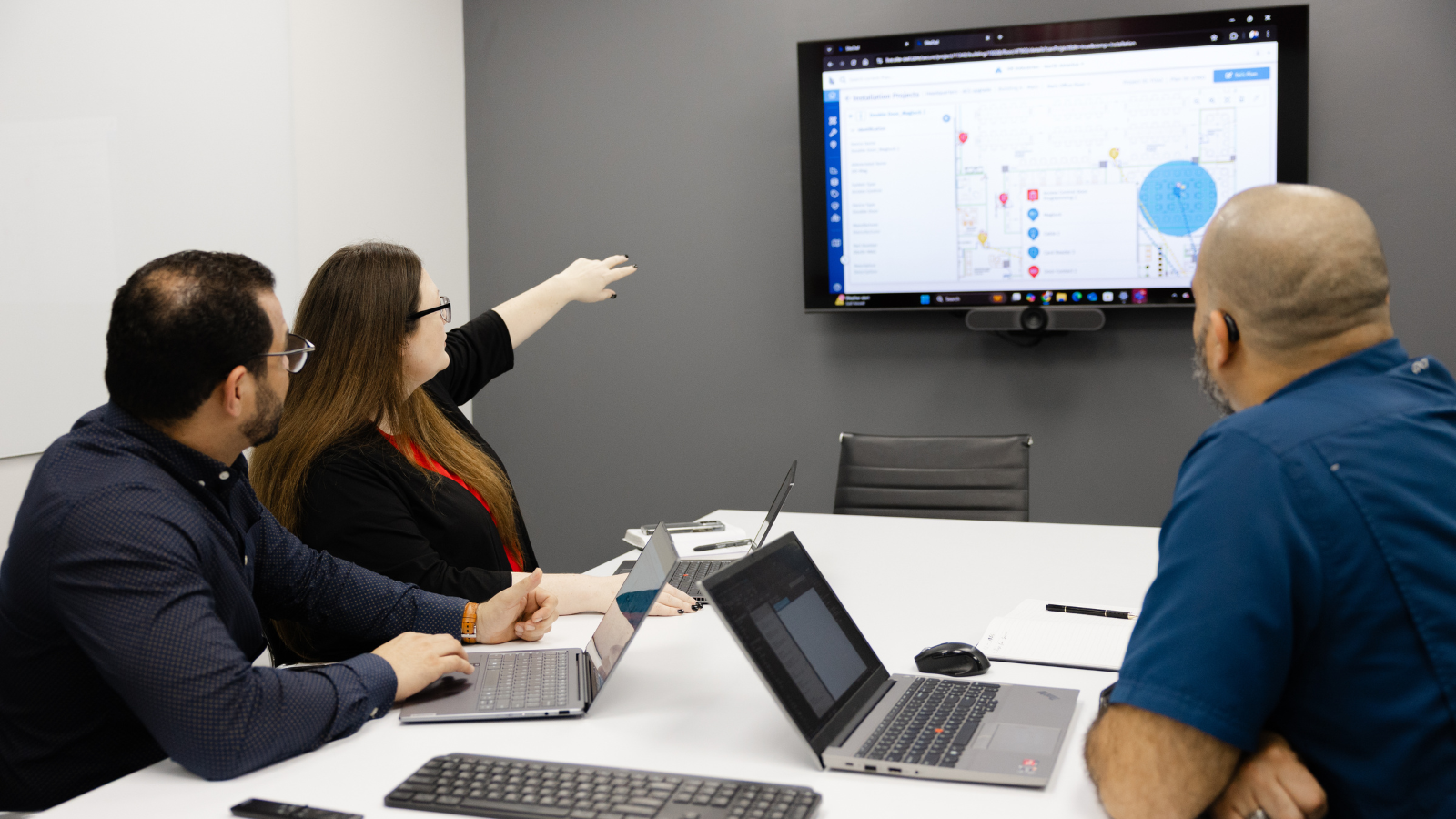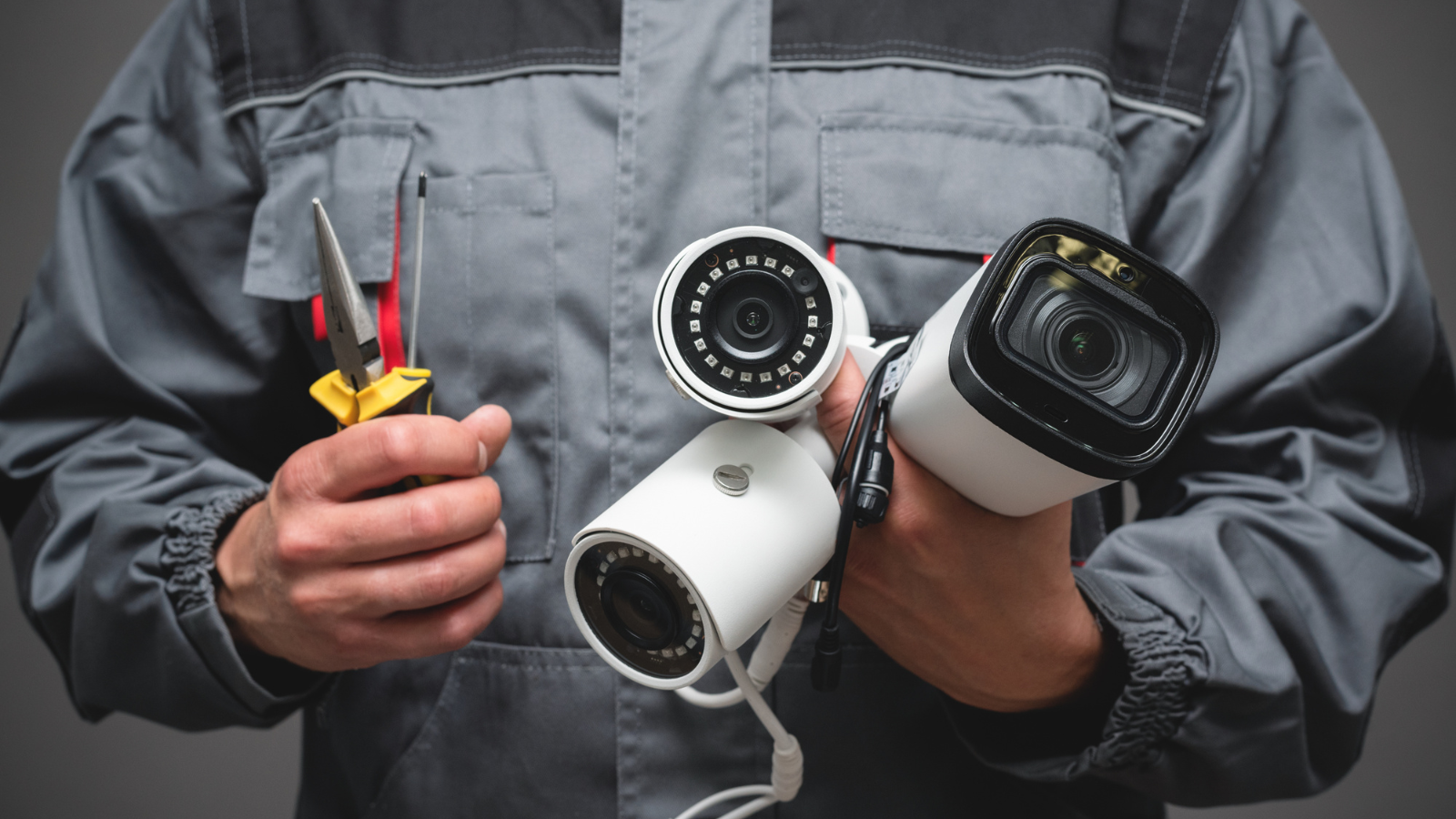What activity can a security integrator practice to nearly double their success rate without extra work? The answer is surprisingly simple, and if you are a dedicated security integrator, you are probably already doing it but perhaps not as consistently or as effectively as you should.
The activity is listening, and in a recent survey, 44% of enterprise security leaders noted that they wanted security integrators to understand their needs better. Translation: Almost half of the clients surveyed felt security integrators were not listening to them. This is especially true when it comes to infrastructure planning and budgeting.
As a trusted advisor, you can help your client by listening to their needs and providing actionable and data-driven information. The result will be a better relationship and access to higher-level discussions, especially when it comes to infrastructure planning and budgeting.
This article will highlight six ways security integrators can deepen their relationship with customers while helping them with their infrastructure planning and budgeting.
- Understand their organizational structure
- Know their strengths and weaknesses
- Know their opportunities and threats
- Practice active listening
- Provide actionable information
- Connect the dots for them
1. Understand their organizational structure
As a security integrator, you know firsthand that proper infrastructure planning and budgeting are two powerful tools for maintaining a strong physical security posture. While planning serves as a vehicle from which a company outlines its goals and objectives, budgeting is the fuel that gets your client to their destination, namely, a robust physical security environment. Security department leaders often need effective cost optimization strategies to help them prepare for their infrastructure planning and budgeting. As a trusted advisor, you can provide them with this information, but first, you need to understand how their business operates. Of course, you don’t have to know how everything works, but it helps to have a firm understanding of their organization. Here here are three tips to help you get a better understanding:
- Obtain a visual diagram of the company’s hierarchy, roles, and responsibilities.
- Ask discovery questions to fill in information gaps.
- Perform a Strength, Weakness, Opportunities, and Threats (SWOT) analysis.
Know their strengths and weaknesses
Often security directors are fighting an uphill battle to get buy-in on their requested budget initiatives. However, once you understand how your client’s organization works, you can develop an analytical framework to understand their strengths and weaknesses better. A standard SWOT(Strengths, Weaknesses, Opportunities, and Threats) designed for client services analysis of your client’s operations can help you with this process.
The SWOT analysis provides actionable insights that executives can use to make better-informed decisions. In terms of strengths and weaknesses, you want to focus on the company’s internal operations. For example, you may choose to focus on their internal security procedure or incident rates. The goal is to provide practical and actionable information so that executives can use it to make informed decisions.
When identifying their strengths and weaknesses, you want to:
- Identify core strengths and weaknesses based on verifiable data.
- Highlight systems and processes that positively contribute to their security infrastructure.
- Identify weaknesses that prevent their security systems from performing at optimum levels.
3. Know their opportunities and threats
With the knowledge of your client’s strengths and weaknesses, you will be in a strong position to help them with their infrastructure planning and budgeting, but you only have half of the picture. The second part of a SWOT analysis looks at external factors that may affect security operations.
While opportunities look at industry-related financial, technological and regulatory issues that may present opportunities for your client, threats consider how these issues may pose a risk to the organization.
Questions that may help you highlight your client’s opportunities and threats are:
- What new regulations may affect their operations?
- Which emerging threats threaten their locations?
- What new technology can improve security and life safety?
4. Practice active listening
Security industry analysts expect the physical security market to grow from 93.5 USD to 120.3 billion USD by 2025. However, while many company security executives are accelerating security projects, a large percentage (71%) reported their budgets are not increasing. This means that collecting correct and timely information is critical for you as a security integrator.
When combined with accurate data, active listening and effective questioning are two powerful tools to enhance your relationship with your customer and help you assist them throughout the planning and budgeting process.
Active listening tips to consider during your site visit include:
- Remember that communication is between 75-90% body language.
- Paraphrase or summarize the client’s words so that they know you are actually listening.
- Pay close attention, especially to subtle comments that may indicate an ongoing challenge or area of concern. For example, if a client says, “I don’t see why I can’t get ongoing updates on our new installation.” This statement indicates a specific pain point that you can quickly address with the right solution.
5. Provide actionable information
Actionable information provides your clients with meaningful data-driven findings. They matter because your client can use them to present strategic, well-thought-out initiatives to overcome fiscal and integration challenges and obtain organizational support.
Your client will make better strategic infrastructure decisions based on data and effectiveness with actionable information. These decisions can drive positive outcomes specific to your client’s business, especially regarding infrastructure planning and budgeting, since it can be challenging to identify the ROI of security investments.
For example, think of the impact you may have on a client considering a re-commissioning project if they knew that a completed integrated system could provide energy savings ranging from 8 to 25 percent.
The fact is that integrating sites and systems enables an organization to convert data into actionable information. The data collected by linked devices monitoring events in many locations allows a firm to run securely and efficiently, but they sometimes need to hear it from a trusted advisor.
6. Connect the dots for them
When it comes to infrastructure planning and budgeting, organizations are typically unprepared for lower budgets, unexpected regulations, or contract negotiations. That’s why it is essential to practice active listening to build trust and anticipate your client’s challenges before they arise.
Chief Security Officers (CSO), Facilities Directors, and IT Managers are increasingly relying on their security integrators to ensure their systems are up to date and in compliance. If you have provided your client with valuable information and consistent support, they will look to you to help them connect the dots.
Tips for connecting the dots include:
- Being consistent and accessible.
- Listening and acknowledging their concerns.
- Providing actionable insights.
Conclusion
Security department leaders often need effective cost optimization and security integration strategies to help support their security program. As a trusted advisor, you can earn the right to deliver this information by identifying their challenges and providing actionable feedback. The result will be a better relationship and access to higher-level discussions, especially when it comes to security infrastructure planning and budgeting.

Joseph Ndesandjo
Joseph is SiteOwl's CEO. A security industry veteran, Joseph previously owned 3Sixty Integrated, a top 30 SDM integrator before founding SiteOwl. When not finding ways to make security lifecycle management easier for the industry, Joseph enjoys tennis, running and teaching his son to play chess.




